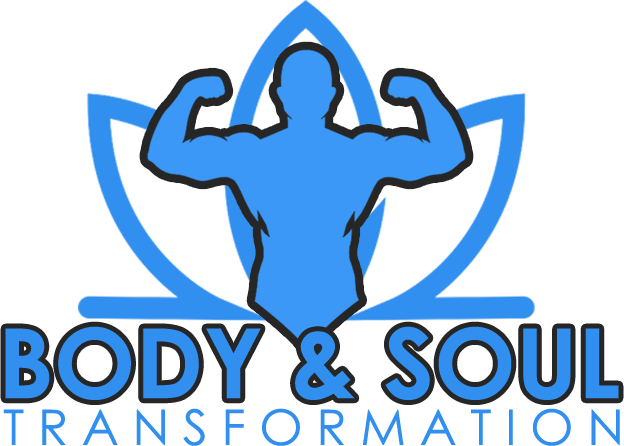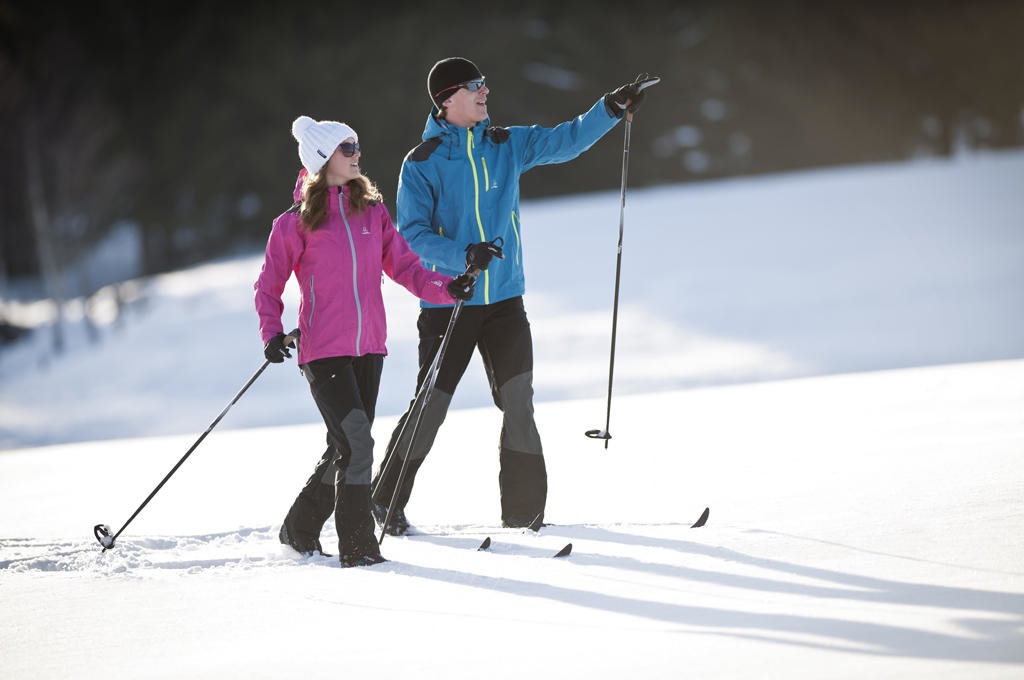Why you need to start cross-country skiing
Many workout lovers prefer outdoor activities to stuffy gyms. But in winter, the weather conditions are not always conducive to jogging or a workout. Cross-country skiing is a great alternative. Let’s see what the benefits of this winter type of physical activity are.
Cross-country skiing has a complex effect on health. It increases endurance, strengthens the heart and blood vessels, and has a good effect on immunity. Physical activity involves almost all the muscles. This is an excellent cardio for weight loss and overall tone. The calorie consumption is quite large, so cross-country skiing helps you lose weight quickly and effectively. Let’s figure out why and how to ski.
Benefits for physical and psychoemotional health
Skiing activates the cardiovascular system as much as possible. Thanks to it, as well as multi-layered winter equipment, organs and tissues are more actively supplied with blood and oxygen. It is also useful for the musculoskeletal system. With the right technique, the spine is stabilized by the back, glutes and abs. The vertebral column is held in the correct position, the load on it is reduced. For this reason, skis are shown even with an intervertebral hernia. In this case, you just need to slowly walk on them.
As for fat burning, an hour of skiing will help you burn 500-1000 calories. The exact figure depends on the initial weight, speed, and complexity of the route (for skiing on uneven terrain, more kcal is required). But in general, cross-country skiing is very effective cardio.
Sports reduce stress levels, and skiing is no exception. The stress hormone cortisol is reduced. Chemical compounds that cause a feeling of joy, emotional uplift, and eliminate pain – serotonin and endorphins-are rapidly produced.
Research has shown that a forest ski trip works almost as well as aspirin. It’s not just about physical activity, but also about fresh air. The air in the forest is special. The molecules contained in it have a relaxing effect on the body and psyche. Therefore, skiing is an excellent tool to combat seasonal melancholy, stress, irritability and drowsiness due to lack of sun.
What muscles are involved in ski training
Cross-country skiing gives your muscles the ability to work at the same time. All the muscles are immediately involved in the work. While skiing, you can comprehensively tighten the whole body.
Abs
Running makes both the oblique and rectus abdominals work. To stay in the correct straight position, you need to strain them properly. It is due to the abdominal muscles that skiers maintain balance even on the most difficult tracks.
Glutes
Like any walking, skiing involves the glutes. They are responsible for the movements of the pelvis, legs, and also tense up when pushing sticks off the ground.
Legs
While running on skis, the entire musculature of the legs is tense. This is a great option to tighten the back and outer surfaces of the thighs, calf muscles, ligaments and tendons. After such training, athletes are no longer so threatened with sprains.
Arms
To push off with ski poles, you need to use the triceps and deltoid muscles. The shoulder belt takes on a very large part of the load.
Back
It also participates in pushing with sticks. The main advantage of walking on skis over other types of aerobic training is the well-coordinated work of the upper body.
How to ski properly
Before you can rush around the track at high speed, you need to master the basic techniques of movement. There are only two of them. If you’ve never skied before, start with a simpler one. And only then move on to fast movement.
1. Classic technique
This is the basic technique of skiing. First, try without sticks. You need to stand so that the skis are strictly parallel to each other. Bend your knees slightly and lean forward. Pushing off with one foot from the ground, transfer the weight to the other. So you’ll start sliding. Alternately change the leg, moving the center of gravity. At the same time, your legs and arms should move in turn. It is important to keep the body straight, without falling to one side.
When you get used to sliding, take the sticks. You need to push off with the hand that corresponds to the leg standing behind. That is, if the right leg is in front, use the left stick and vice versa. When swinging, do not raise your hand with the stick above your head.
2. Diagonal stride
This is a more complex type of movement. Here is a completely different way of repelling. With it, the skis do not look straight, but to the sides, like the letter V. To make a push, you need to move your foot to the side. It resembles ice skating. Another difference: you need to push off simultaneously with both hands.
To get a positive effect, just one workout a week is enough. It should last from 45 to 60 minutes. You’ll drive slowly at first. And when you get used to it, you’ll start to pick up speed.
Another significant advantage of this load is that it has no contraindications. Due to the softness and smoothness of movements, winter sports are suitable even for diseases of the joints and ligaments. Unlike traditional running, skiing has an exceptionally positive effect on the musculoskeletal system. The main thing is to observe the riding technique, monitor your health and thermoregulation; do not forget to drink water periodically to avoid dehydration.
Skiing is one of the best winter activities. Non-boring and effective training in the fresh air, which will bring you a lot of fun and benefit. And an interesting leisure time, if you constantly improve your skills, look for new routes and engage regularly.
Read more: HOW TO RUN IN WINTER

